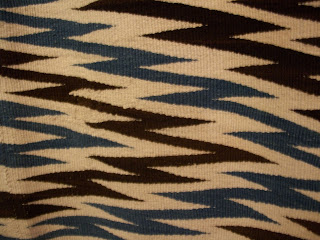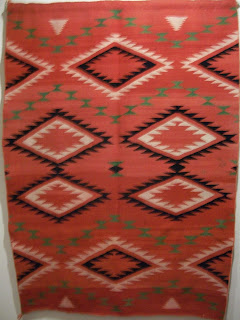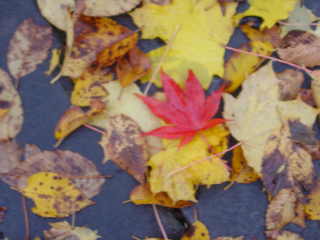 |
| This is a contemporary Rio Grande Hispanic weaving by Teresa Archuleta-Segel in 1982 |
 |
| Rio Grande Saltillo, Hispanic, ca. 1870-1890 |
 |
| Germantown Eyedazzler, Navajo, ca. 1890-1900 |
 |
| 19th century Mexican Saltillo serape |
 |
| Mexican Saltillo serape, ca, 1910 |
 |
| Chimayo Saltillo, Rio Grande Hispanic, Trujillo Family of Chimayo, ca. 1920 |
 |
| 19th century Mexican Saltillo serape |
 |
| Hubble Revival Germantown, Navajo, ca. 1895-1915 |
 |
| Rio Grande serape, Hispanic, ca. 1875-1890 |
 |
| Rio Grande serape, Hispanic, ca. 1880-1900 |
 |
| Notice how these blankets are seamed to make double width. It's amazing to me that the weaver can make these seams come out perfectly! |


















































.JPG)







